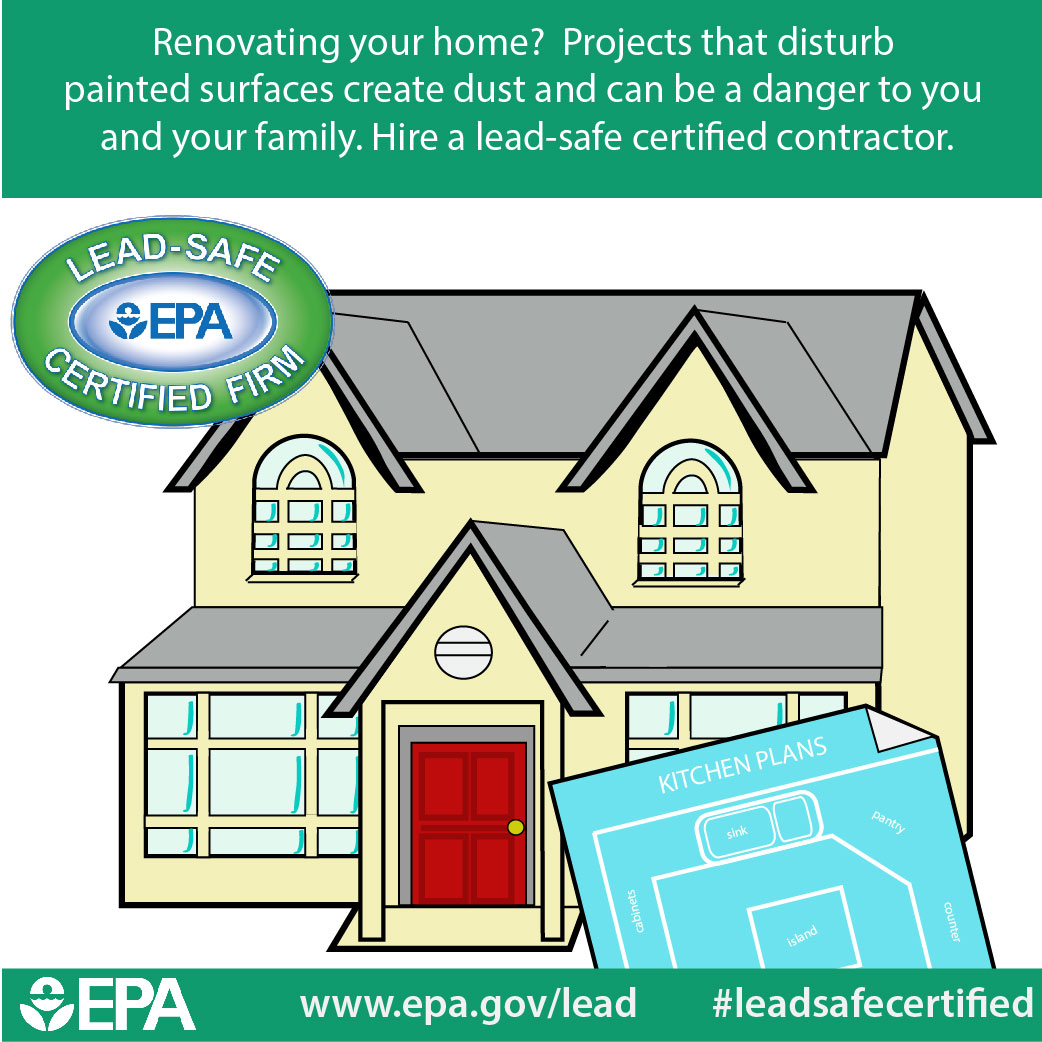Vital Seasonal Aspects Of Commercial Outside Painting: What You Need To Recognize
Vital Seasonal Aspects Of Commercial Outside Painting: What You Need To Recognize
Blog Article
Read the Full Piece of writing -Doherty Browne
When you're planning a commercial outside painting task, seasonal aspects can make or break your outcomes. You'll want to take into consideration just how temperature level and humidity effect paint application and drying out times. Selecting click here to find out more can ensure your paint adheres effectively and lasts longer. Yet which seasons are truly the very best for this sort of work? Allow's explore the key elements that can impact your job's success.
The Influence of Temperature on Paint Application
When you're planning a commercial outside painting job, the temperature level can considerably influence just how well the paint sticks and dries.
Ideally, you intend to repaint when temperature levels range between 50 ° F and 85 ° F. If it's as well cold, the paint might not treat properly, causing problems like peeling off or splitting.
On the other side, if it's as well warm, the paint can dry too swiftly, preventing proper adhesion and causing an uneven finish.
You must likewise take into consideration the time of day; morning or late afternoon offers cooler temperatures, which can be much more favorable.
Constantly examine the maker's suggestions for the particular paint you're utilizing, as they typically provide assistance on the perfect temperature level variety for optimum results.
Moisture and Its Impact on Drying Times
Temperature level isn't the only ecological element that affects your business exterior painting job; humidity plays a substantial role as well. High moisture degrees can decrease drying times drastically, impacting the overall quality of your paint task.
When the air is saturated with wetness, the paint takes longer to treat, which can lead to issues like poor adhesion and a higher risk of mildew development. If you're painting on an especially moist day, be planned for prolonged delay times between layers.
It's essential to monitor neighborhood climate condition and strategy as necessary. Ideally, go for humidity levels in between 40% and 70% for ideal drying out.
Maintaining these consider mind ensures your task stays on track and delivers a long-term surface.
Best Seasons for Commercial Outside Paint Projects
What's the most effective season for your commercial exterior painting tasks?
Springtime and very early fall are usually your best options. Throughout these seasons, temperature levels are light, and humidity degrees are frequently lower, creating excellent problems for paint application and drying.
Avoid summertime's intense heat, which can trigger paint to completely dry too swiftly, bring about poor attachment and finish. In a similar way, winter season's chilly temperatures can impede correct drying and treating, taking the chance of the durability of your paint job.
Aim for days with temperature levels in between 50 ° F and 85 ° F for optimal results. Bear in mind to check the local weather forecast for rainfall, as wet conditions can ruin your task.
Planning around these aspects guarantees your paint project runs efficiently and lasts longer.
Final thought
To conclude, planning your industrial external painting jobs around seasonal considerations can make a significant difference in the end result. By scheduling job during the ideal temperatures and moisture degrees, you'll ensure better bond and drying out times. Keep in mind to watch on neighborhood weather forecasts and choose the right time of year-- springtime and early loss are your best options. Taking these actions will aid you attain a sturdy and professional surface that lasts.
